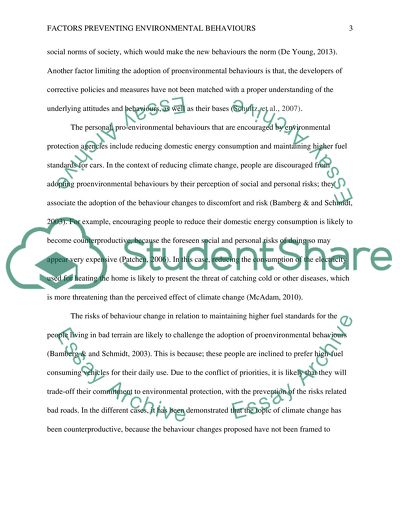Cite this document
(“Describe some of the factors that prevent (or deter) people from Essay - 3”, n.d.)
Describe some of the factors that prevent (or deter) people from Essay - 3. Retrieved from https://studentshare.org/psychology/1631047-describe-some-of-the-factors-that-prevent-or-deter-people-from-engaging-in-proenvironmental-behaviours
Describe some of the factors that prevent (or deter) people from Essay - 3. Retrieved from https://studentshare.org/psychology/1631047-describe-some-of-the-factors-that-prevent-or-deter-people-from-engaging-in-proenvironmental-behaviours
(Describe Some of the Factors That Prevent (or Deter) People from Essay - 3)
Describe Some of the Factors That Prevent (or Deter) People from Essay - 3. https://studentshare.org/psychology/1631047-describe-some-of-the-factors-that-prevent-or-deter-people-from-engaging-in-proenvironmental-behaviours.
Describe Some of the Factors That Prevent (or Deter) People from Essay - 3. https://studentshare.org/psychology/1631047-describe-some-of-the-factors-that-prevent-or-deter-people-from-engaging-in-proenvironmental-behaviours.
“Describe Some of the Factors That Prevent (or Deter) People from Essay - 3”, n.d. https://studentshare.org/psychology/1631047-describe-some-of-the-factors-that-prevent-or-deter-people-from-engaging-in-proenvironmental-behaviours.


